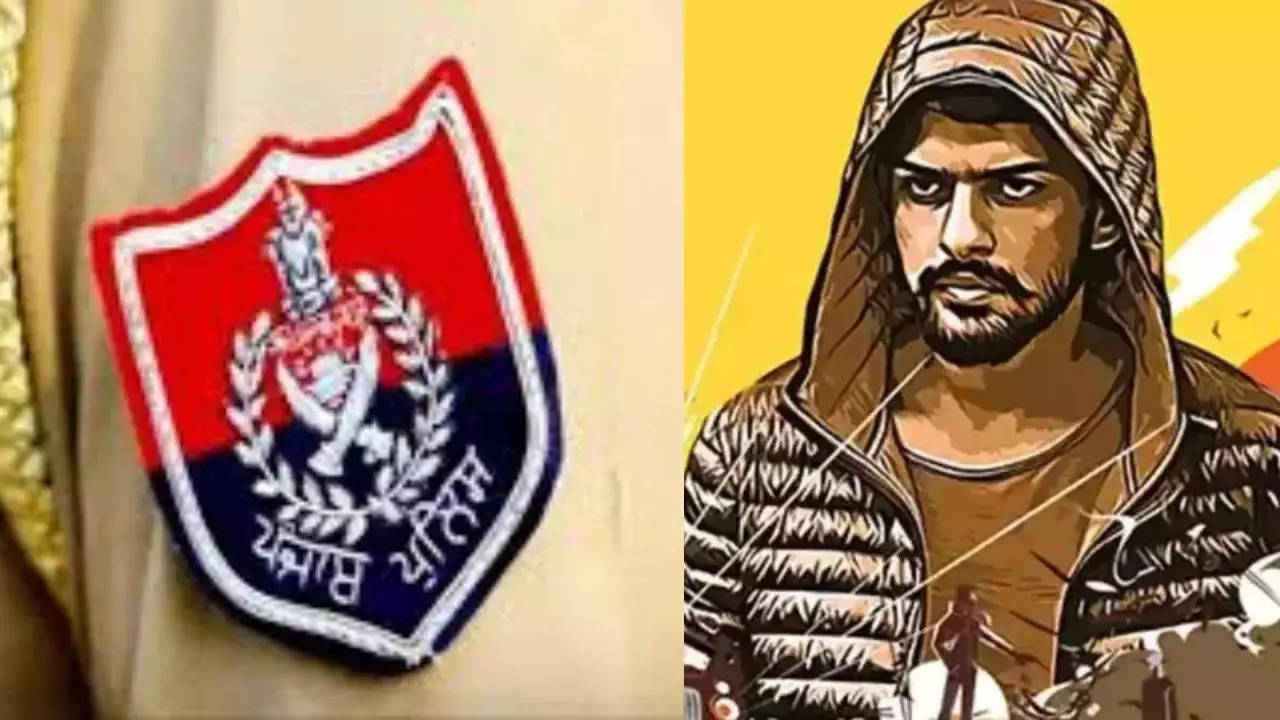The Akhil Bhartiya Jeev Raksha Bishnoi Sabha, a renowned society founded by the Bishnoi community for wildlife protection, recently appointed Lawrence Bishnoi—a controversial figure currently jailed and accused of high-profile crimes—as the national youth president of its organization. Known for its unwavering commitment to environmental protection, especially safeguarding blackbucks, the society’s decision to endorse Bishnoi in such a prominent role has prompted mixed reactions, particularly given the gangster’s alleged involvement in crimes ranging from extortion to murder.
This paradoxical endorsement of an individual with an established criminal record shines a light on how certain community-driven endorsements can indirectly lend power to notorious figures, potentially fueling criminal networks by cementing an illicit influence over young admirers.
A Symbol of Wildlife Protection or a Misguided Icon?
Founded in 1977 by Sant Ram Bishnoi, a celebrated environmentalist who received the prestigious Indira Gandhi Paryavaran Puraskar for his work in wildlife conservation, the Akhil Bhartiya Jeev Raksha Bishnoi Sabha has held deep-rooted values in protecting wildlife, especially blackbucks, a species sacred to the Bishnoi community. Historically, the community’s dedication to environmental stewardship even saw it prevent residential developments and nuclear plant expansions in blackbuck habitats.
However, the community’s appointment of Lawrence Bishnoi—a man embroiled in numerous criminal allegations—as its youth wing head signals a potential shift in its ideals, one that places status and fear over the principles of peace and preservation that have long defined it. Lawrence, despite his criminal reputation, has amassed a cult-like following, particularly in regions where the Bishnoi community holds significant influence, with many regarding him as a “youth icon” or a vigilante defender of wildlife.
The community’s president, Inderpal Bishnoi, a retired attorney, publicly praised Lawrence’s commitment to safeguarding blackbucks and further lauded his community values, reinforcing the controversial image of Lawrence as a paradoxical defender of the environment.

The Rise of Lawrence Bishnoi’s Public Persona: An Unintended Boost for Organized Crime?
Lawrence Bishnoi’s criminal journey began in 2011 during a gang-related confrontation at Panjab University, where he was charged with attempted murder—a case that marked his initiation into organized crime. From there, his criminal endeavors escalated; alongside associates such as Goldy Brar and Sampat Nehra, Lawrence expanded his operations, forming a terror-crime syndicate that now operates across Punjab, Haryana, and even internationally. The syndicate has been implicated in high-profile killings, including that of Punjabi singer Sidhu Moosewala and NCP leader Baba Siddique, incidents that cemented Lawrence’s feared and revered status among certain factions.
Moreover, Bishnoi’s gang has been associated with threats directed at Bollywood actor Salman Khan following the latter’s alleged involvement in the killing of two blackbucks in 1998.
Lawrence’s influence within the Bishnoi community further compounds his societal standing, allowing him to operate and command respect—even admiration—from within prison walls. Observers argue that the community’s open endorsement inadvertently validates his criminal activities, strengthening his syndicate’s psychological grip on his followers. According to criminology experts, such support can embolden not only Bishnoi but also his network, creating an aura of untouchability around him that exacerbates organized crime.

The Bishnoi Legacy: A History of Sacrifice Now Overshadowed?
The Bishnoi community’s legacy, famously marked by the Khejarli massacre of 1730, when 363 Bishnoi men and women sacrificed their lives to protect the sacred Khejri trees, is one of commitment to preserving life. This historical context underscores the community’s present-day focus on environmental and wildlife protection. However, critics argue that the recent decision undermines this legacy, replacing sacrificial valor with an endorsement of violence.
Sant Ram Bishnoi’s creation of the Jeev Raksha Bishnoi Sabha was rooted in a commitment to justice for wildlife, a stance that led to substantial achievements, such as a ban on blade wires that endangered blackbucks in Haryana. Yet, the present alignment with a crime-syndicate figure threatens to eclipse these achievements, overshadowing a legacy built over centuries with actions that may compromise the community’s image and ideals.
Future Implications: A Double-Edged Sword for Bishnoi and His Community
While the Akhil Bhartiya Jeev Raksha Bishnoi Sabha seeks to amplify its reach and influence among youth by endorsing Lawrence Bishnoi, this decision carries significant risks. Sociologists and criminologists note that high-profile endorsements of controversial figures have historically amplified crime syndicates’ control over communities, effectively rendering law enforcement efforts to subdue such figures more complex and prolonged.
Moreover, this association with Bishnoi could embolden criminal elements in rural and urban sectors, where reverence for local “heroes” often blurs the line between lawfulness and criminality. As Lawrence Bishnoi’s influence grows, the allure of vigilantism could become an even more challenging obstacle for community leaders and law enforcement, who will have to contend with a population captivated by an underworld figure’s pseudo-celebrity status.
In aligning itself with Bishnoi, the Jeev Raksha Bishnoi Sabha stands at a critical juncture: it could redefine its influence by promoting peaceful values aligned with its conservation efforts or risk alienating the public by endorsing figures whose notoriety far outweighs their contributions to wildlife preservation. The Bishnoi community now faces an uncertain future where its historical reverence for life may be in jeopardy, overshadowed by a legacy bound not by sacrifice but by fear and fame.
